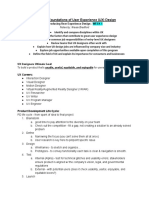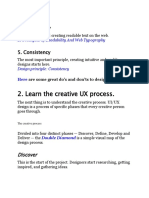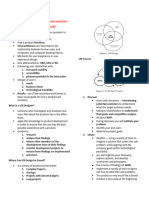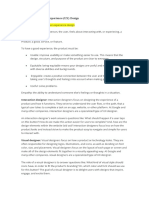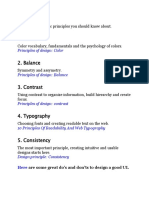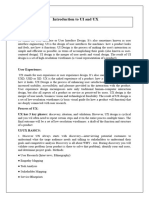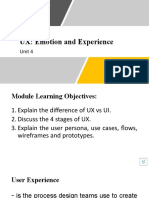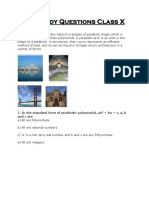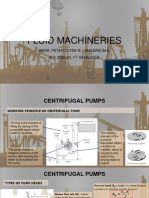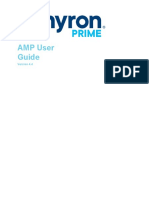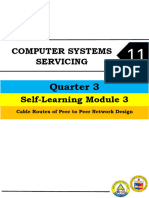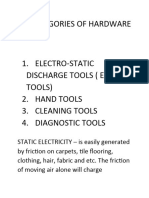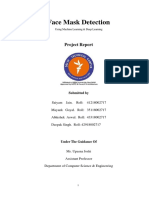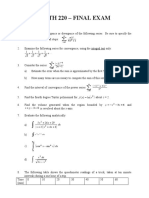0% found this document useful (0 votes)
39 views15 pagesUX Design Notes
The document outlines various types of UX designers and their roles, including Interaction Designers, Visual Designers, and UX Writers. It details the product development lifecycle, ideal UX design principles, and responsibilities of entry-level UX designers, as well as frameworks like User-Centered Design and Lean UX. Additionally, it discusses the importance of creating inclusive and accessible designs, the design sprint process, and best practices for building a UX portfolio.
Uploaded by
mansee manralCopyright
© © All Rights Reserved
We take content rights seriously. If you suspect this is your content, claim it here.
Available Formats
Download as DOCX, PDF, TXT or read online on Scribd
0% found this document useful (0 votes)
39 views15 pagesUX Design Notes
The document outlines various types of UX designers and their roles, including Interaction Designers, Visual Designers, and UX Writers. It details the product development lifecycle, ideal UX design principles, and responsibilities of entry-level UX designers, as well as frameworks like User-Centered Design and Lean UX. Additionally, it discusses the importance of creating inclusive and accessible designs, the design sprint process, and best practices for building a UX portfolio.
Uploaded by
mansee manralCopyright
© © All Rights Reserved
We take content rights seriously. If you suspect this is your content, claim it here.
Available Formats
Download as DOCX, PDF, TXT or read online on Scribd
/ 15


